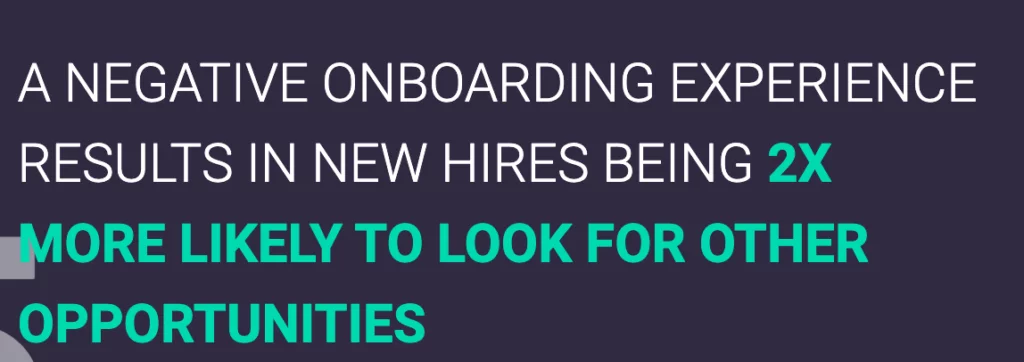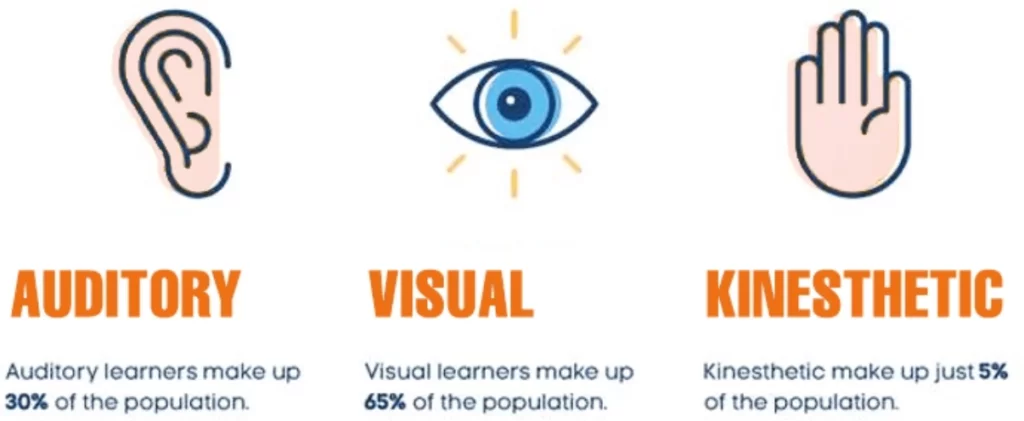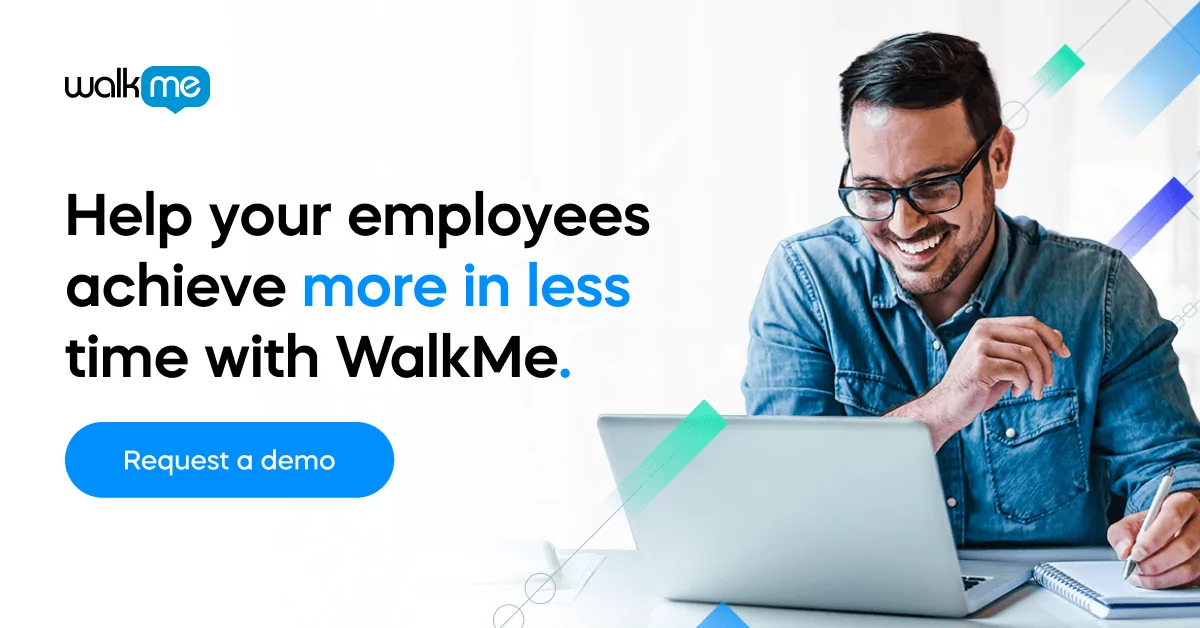Employee training is not a one-size-fits-all, and various companies, roles, and responsibilities demand different types of employee training.
At an enterprise level, the challenge emerges when training managers must provide personalized, effective training to potentially hundreds of new hires at once.
The question is: How can companies provide high-quality, cost-effective training that is tailored to each employee’s needs?
Training has a direct impact on your bottom line
It’s no secret that a workforce of well-trained employees is the foundation for a high-performance company.
In fact, employees who have a negative onboarding experience within the first 90 days of employment are twice as likely to look for new opportunities. Now that is only unfortunate for the employer, but adds up in dollars and cents costing $15,000 per employee lost in the United States.

But when employees have all of the resources and support they need to be successful in their role, they will be more engaged and productive in their positions for the long-term.
A solid, well-planned training program is fundamental to success. Applying a few employee training best practices to your training model will help your new employees learn the ropes and thrive in their roles.
Five employee training best practices
1. Create an agenda
An agenda, or employee training plan, is one of the most essential employee training best practices. First, make a list of goals and performance indicators that will help measure the success of the program.

Indicators and goals are based on who is involved and what they need to gain from the training. For example, a customer success manager needs to learn different things than an account executive or project manager. By clarifying the differences, you can see which objectives all new employees have in common, regardless of the variance in their responsibilities.
Once you know what your training needs to accomplish, you can create a training timeline. But remember, don’t rush through training. Effective learning requires time, repetition, and reinforcements.
2. Embrace digital tools
Traditional training methods like classroom learning and webinars are not relevant to the modern workplace. Considering that more organizations are working remotely, employees need to have access to training that can be completed anytime and anywhere.
The use of cloud-based technology makes software learning even more challenging. Since updates and new features are rolled out automatically from the cloud, employees are challenged to learn quickly and continuously.

Digital training tools like a digital adoption platform that enable contextual learning can help improve engagement and retention in your training program.
Contextual learning is more powerful due to its ability to gather context-based information about the learner to inform personalized, real-time guidance.
3. Cater to different learning styles
We already segment training by job title, therefore is important to cater to different learning styles.
Classically, there are visual, auditory, and kinaesthetic learners. Remembering the nuances between these styles can help you develop a successful program.
Visual = Visual learners best retain new information by seeing the material firsthand and visualizing concepts. Training methods tailored to visual learners should ideally involve textual and graphic elements.
Auditory = Hearing someone explain a concept and then applying it to their daily work is best suited to auditory learners. To solidify their learning curve, it’s best to hold a discussion post-training so employees can review the information out loud and hear fellow colleagues’ perspectives.
Kinaesthetic = These learners thrive on interactivity. Quizzes, activities or even on-the-job doing help kinaesthetic learners apply new information and best solidify their learning.

Training should be a multi-tiered approach to include graphics, lectures, discussions, case scenarios and actual applications to create a program that accommodates all learning types.
4. Use positive reinforcement
Positive reinforcement goes a long way for motivating employees along the learning path.
Verbal reaffirmation, a certificate, or a digital badge are all effective options.
For example, once an employee finishes a module, they could receive a badge that certifies their completion of the course. Now, they are prepared for further, more advanced training.

This not only promotes individual motivation, but also helps keep track of how far along employees are in the training timeline (or when they need an extra nudge to keep going). When there is an investment in an employee’s development, their productivity and desire to grow will rise.
Reward employees who show progress and help encourage them to become continual learners.
5. Solicit employee feedback throughout the training process
Open communication is among the most important employee training best practices and makes employees feel seen and valued.
Soliciting feedback on your training program is best conducted during training, while it is still fresh in employees’ minds.
Include check-in meetings in your training timeline and encourage an honest conversation about what employees think is going well or what could change to improve their learning.
Feedback helps drive long-term changes and on-the-spot adjustments that will drive an overall more successful training program. Make sure employees feel that their voices are heard and that they are getting what they need out of the program.
Investing in onboarding yields high ROI
Successfully onboarding new hires is an investment in not only the employee themselves, but the company. A positive training and onboarding experience results in employee retention, improved performance and productivity.


